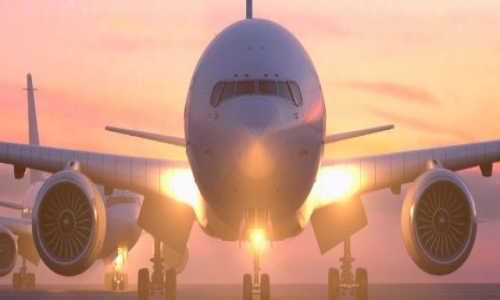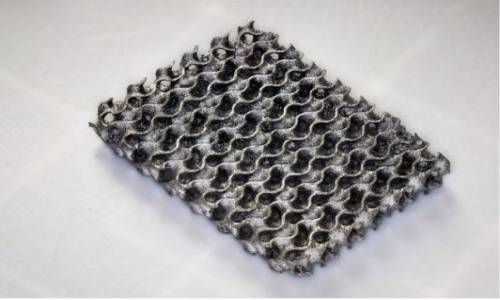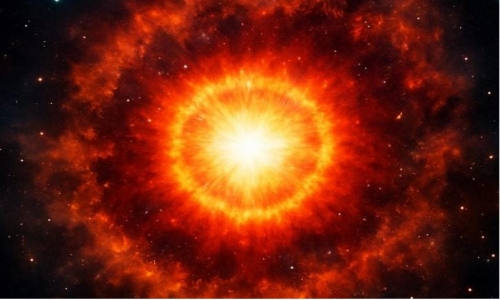In the name of Allah, the Beneficent, the Merciful
May the peace and blessings of Allah be upon you all.
Islam And Art
So what is Art?
Art is the expression or application of human creative skill and imagination, typically in a visual form such as painting or sculpture, producing works to be appreciated primarily for their beauty or emotional power.
The term Islamic art not only describes the art created specifically in the service of the Muslim faith (for example, a mosque and its furnishings) but also characterizes the art and architecture historically produced in the lands ruled by Muslims, produced for Muslim patrons, or created by Muslim artists. As it is not only a religion but a way of life, Islam fostered the development of a distinctive culture with its own unique artistic language that is reflected in art and architecture throughout the Muslim world.
The lands newly conquered by the Muslims had their own preexisting artistic traditions and, initially at least, those artists who had worked under Byzantine or Sasanian patronage continued to work in their own indigenous styles but for Muslim patrons. The first examples of Islamic art therefore rely on earlier techniques, styles, and forms reflecting this blending of classical and Iranian decorative themes and motifs. One method of classifying Islamic art, used in the Islamic galleries at the Metropolitan Museum, is according to the dynasty reigning when the work of art was produced.
With its geographic spread and long history, Islamic art was inevitably subject to a wide range of regional and even national styles and influences as well as changes within the various periods of its development. It is all the more remarkable then that, even under these circumstances, Islamic art has always retained its intrinsic quality and unique identity. Just as the religion of Islam embodies a way of life and serves as a cohesive force among ethnically and culturally diverse peoples, the art produced by and for Muslim societies has basic identifying and unifying characteristics. Perhaps the most salient of these is the predilection for all-over surface decoration. The four basic components of Islamic ornament are calligraphy, vegetal patterns, geometric patterns, and figural representation.
One area where the genius of the Muslim civilisation has been recognised worldwide is that of art. The artists of the Islamic world adapted their creativity to evoke their inner beliefs in a series of abstract forms, producing some amazing works of art. Rejecting the depiction of living forms, these artists progressively established a new style substantially deviating from the Roman and Byzantine art of their time. In the mind of these artists, works of art are very much connected to ways of transmitting the message of Islam rather than the material form used in other cultures.
The art of Islam has attracted the attention of a number of Western scholars [1] who gained good reputations because of their contributions to the study and publicising of the field. Despite this positive aspect, their work contained an element of prejudice as they repeatedly applied their Western norms and criteria to their evaluation of the art produced in Islamic history. In their views, far from contributing to the arts of its society, Islam has restricted, diminished and undervalued artistic creativity. Islam is seen as obstructive and limiting to artistic talent and its art is often judged by its incapacity to produce figures and natural and dramatic scenes. Such arguments illustrate a serious misperception of Islam and its attitude to art. The view that Islam promotes harsh and simple living and rejects sophistication and comfort is an accusation often made by orientalist academics. This false claim is rejected by both the Qur'an and the example of Prophet Muhammad. The Qur'an, for example, permits comfortable living if it does not lead the believer astray:
"Say, who is there to forbid the beauty which God has brought forth for his servants, and the good things from among the means of sustenance" (Qur'an 7:32).
This message is emphasised again in another verse:
"O you who believe! Do not deprive yourselves of the good things of life which Allah has permitted you, but do not transgress, for Allah does not love those who transgress." (Qur'an 5:87).
The other determinant factor influencing Western scholars' views on Islamic art is connected to the Greek-influenced approach which considers the image of man as the source of artistic creativity. Thus, portraits and sculptures of man were seen as the highest work of art. According to this view, man is nature's most magnificent and most beautiful creature and should be both the start and destination of human artistic endeavour. Successful works of art are those which explore the inner depth and external physical appearance of the human body. Perhaps the highest position given to man, in this art, is when divine beings are represented in his form, or when he is represented as being created in the image of the Deity. Islamic art, however, has a radically different outlook. Here, man is seen as an instrument of divinity created by a supremely powerful Being, Allah.
Like other aspects of Islamic culture, Islamic art was a result of the accumulated knowledge of local environments and societies, incorporating Arabic, Persian, Mesopotamian and African traditions, in addition to Byzantine inspirations. Islam built on this knowledge and developed its own unique style.
According to the BBC, Islamic Art Islamic art is often vibrant and distinctive.
Unlike Christian art, Islamic art isn't restricted to religious work, but includes all the artistic traditions in Muslim culture. Its strong aesthetic appeal transcends time and space, as well as differences in language and culture.
This is because of common features in all Islamic art which give it a remarkable coherence, regardless of the country or the time in which it was created.
There are, however, strong regional characteristics, and influences from other cultures are also visible.
The essentials of Islamic art
Art is the mirror of a culture and its world view.
The art of the Islamic world reflects its cultural values, and reveals the way Muslims view the spiritual realm and the universe.
For the Muslim, reality begins with and centers on Allah (SWT). Allah (SWT) is at the heart of worship and aspirations for Muslims, and is the focus of their lives.
So Islamic art focuses on the spiritual representation of objects and beings, and not their physical qualities.
The Muslim artist does not attempt to replicate nature as it is, but tries to convey what it represents.
This lets the artist, and those who experience the art, get closer to Allah.
For Muslims, beauty has always been and will always be a quality of the divine. There is a hadith of the Prophet Muhammad that says: "Allah is beautiful and he loves beauty."



 5:47:19
5:47:19  2018-04-02
2018-04-02  2684
2684




 9:3:43
9:3:43
 2018-11-05
2018-11-05
 7:5:22
7:5:22
 2019-04-08
2019-04-08
 9:45:7
9:45:7
 2018-12-24
2018-12-24
 11:35:12
11:35:12
 2018-06-10
2018-06-10
 6:0:51
6:0:51
 2018-10-16
2018-10-16
 8:30:23
8:30:23
 2022-03-03
2022-03-03
 8:20:35
8:20:35
 2018-06-21
2018-06-21
 6:14:3
6:14:3
 2023-01-18
2023-01-18
 8:3:0
8:3:0
 2018-06-21
2018-06-21
 8:21:9
8:21:9
 2018-06-21
2018-06-21
 8:25:12
8:25:12
 2022-03-09
2022-03-09
 3:42:22
3:42:22
 2021-12-24
2021-12-24
 5:41:46
5:41:46
 2023-03-18
2023-03-18